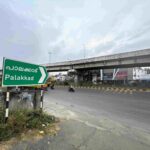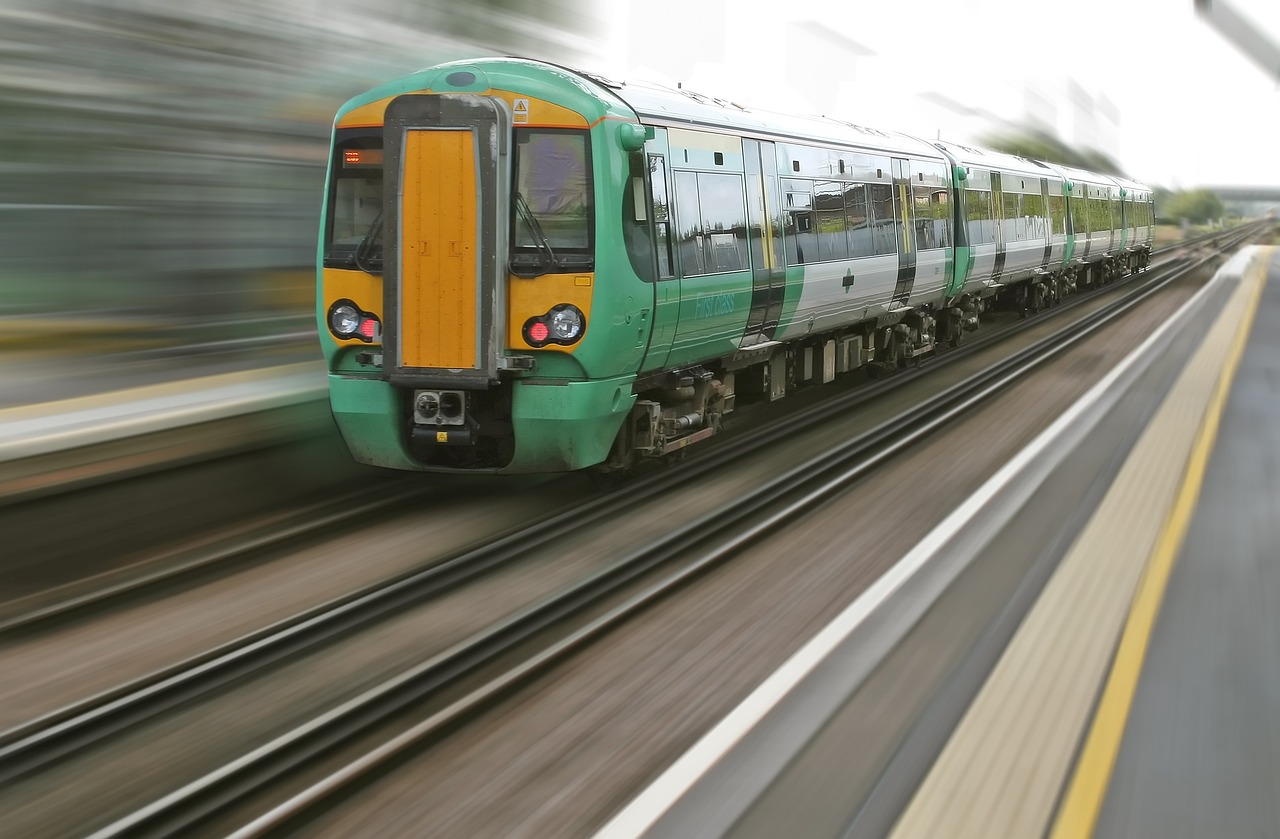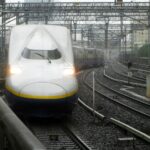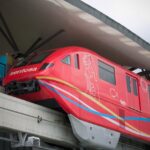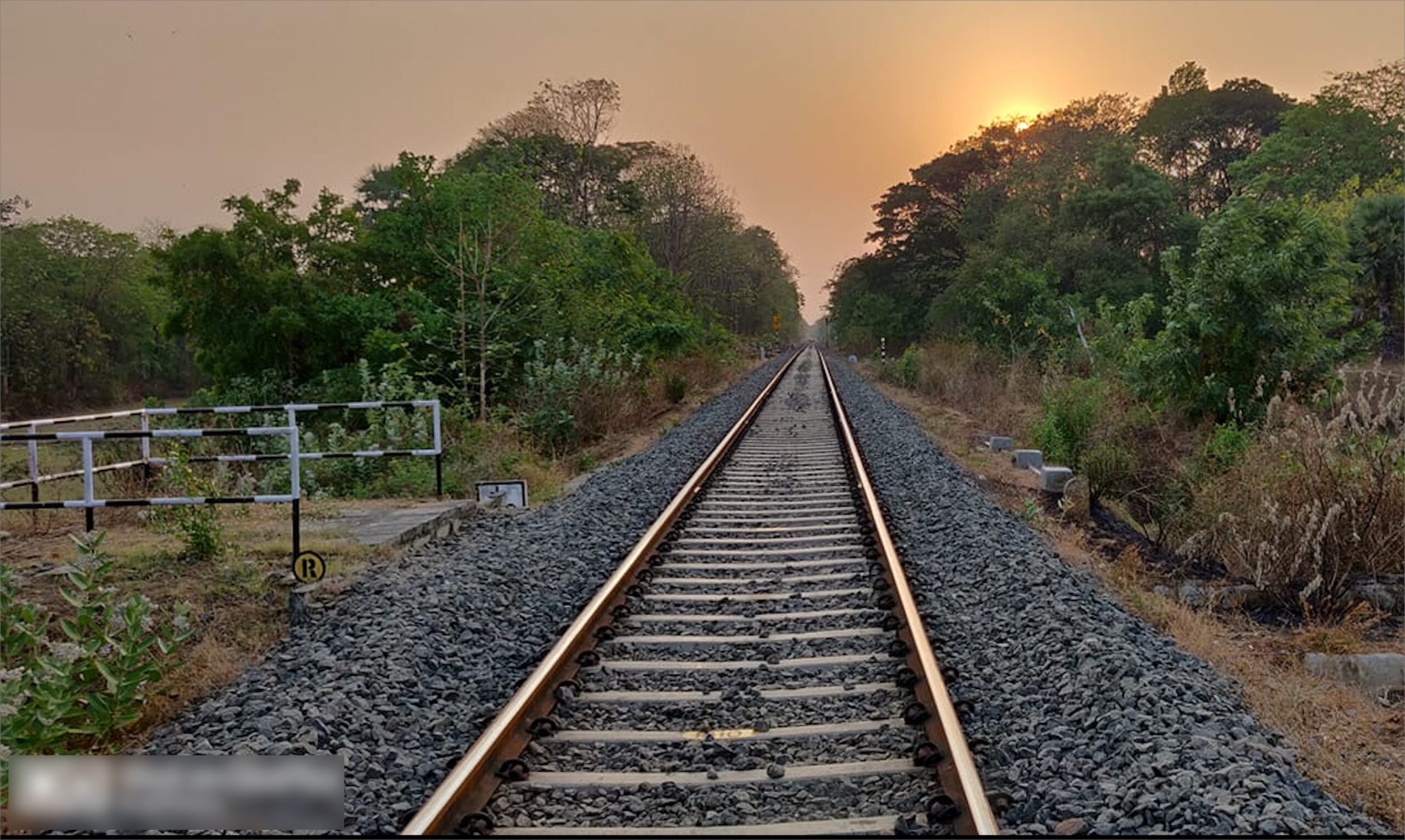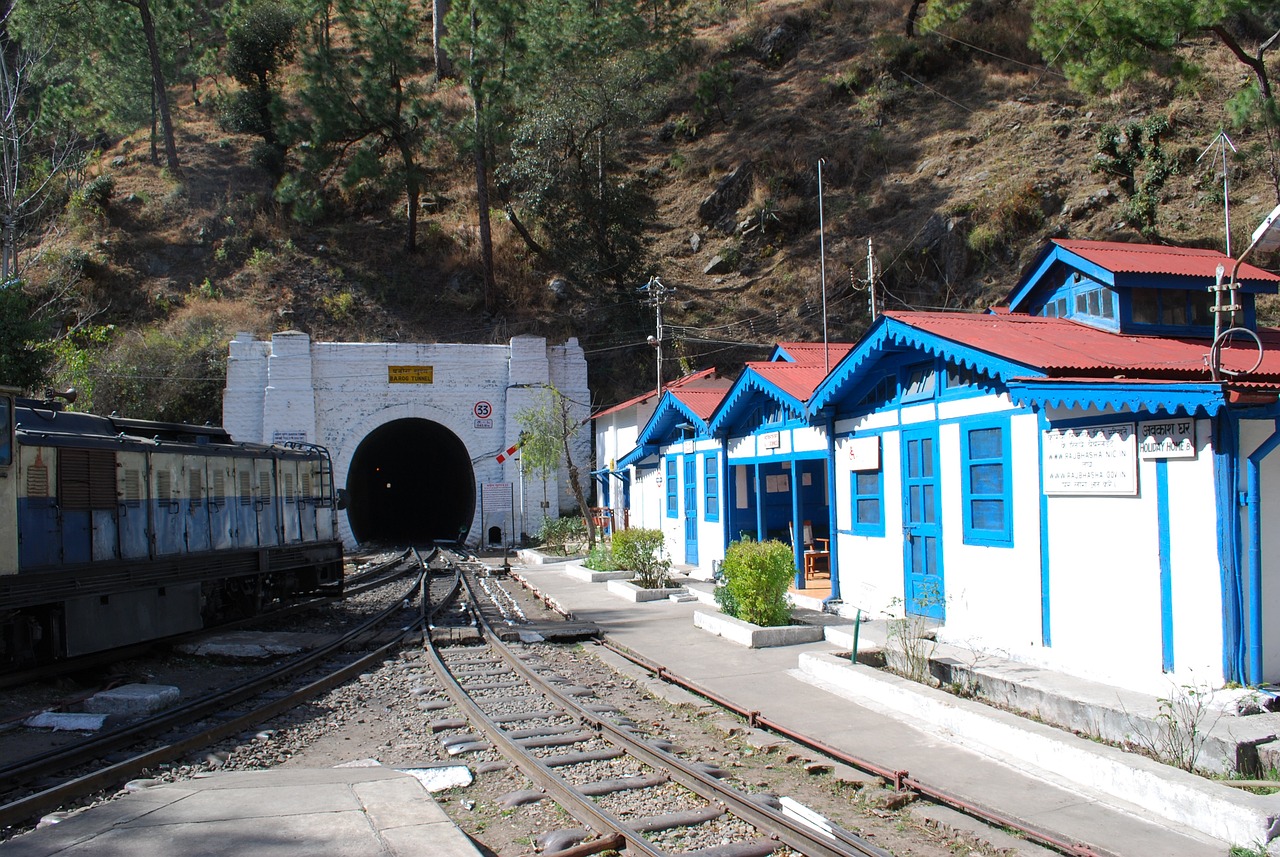In bustling cities around the world, efficient and reliable transportation is a crucial factor in ensuring smooth mobility for residents and visitors alike. With various modes of transportation available, it becomes essential to compare and evaluate their strengths and weaknesses. In this article, we will explore and compare four popular modes of transportation in busy cities: Metro Rail, Tram Services, Subway Train, and Bus Services.
Metro Rail, also known as the underground or subway, is a rapid transit system that operates on dedicated tracks underground or elevated. It is known for its speed, capacity, and frequency of service. Metro Rail systems are commonly found in major cities and provide a reliable means of transportation for commuters. These systems are designed to efficiently move large volumes of passengers, alleviating congestion on city streets.
Tram Services, on the other hand, operate on tracks embedded in city streets. Trams are electrically powered vehicles that transport passengers within a city or between adjacent neighborhoods. Trams are typically slower than metro rail systems but offer several advantages. They are more flexible in terms of route adjustments and are well-suited for densely populated areas where underground construction is challenging or expensive.
Subway Train systems, similar to metro rail, are rapid transit systems that operate underground. The terms “subway” and “metro” are often used interchangeably, with regional variations in nomenclature. Subway trains provide high-capacity transportation, especially in heavily congested areas. These systems are known for their speed, frequency, and ability to transport a large number of passengers during peak hours.
Bus Services, one of the oldest and most widespread modes of transportation, offer flexibility and extensive coverage within a city. Buses operate on roadways and provide connections to various neighborhoods and destinations. While buses may be slower compared to rail-based systems due to traffic congestion, they are cost-effective and adaptable. Buses can be easily rerouted to meet changing demand and can serve areas where rail infrastructure is not feasible.
When comparing these modes of transportation, several factors come into play:
1. Speed and Efficiency: Metro Rail and Subway Train systems are typically faster than Tram Services and Bus Services. They operate on dedicated tracks, minimizing delays caused by traffic congestion.
2. Capacity: Metro Rail, Subway Train, and Tram Services have a higher passenger capacity compared to Bus Services. They can accommodate larger numbers of passengers, reducing overcrowding during peak hours.
3. Reliability: Metro Rail and Subway Train systems generally offer high levels of reliability due to their fixed schedules and limited interference from external factors. Tram Services and Bus Services can be more susceptible to delays caused by traffic, accidents, or road conditions.
4. Flexibility and Coverage: Tram Services and Bus Services excel in providing flexible routes and extensive coverage, reaching areas where rail-based systems are not present. Buses, in particular, can be rerouted to adapt to changing demand or road closures.
5. Cost: Tram Services and Bus Services are often more cost-effective to implement and expand compared to Metro Rail and Subway Train systems. The construction of underground or elevated rail infrastructure can be expensive, whereas trams and buses can utilize existing road networks.
6. Environmental Impact: Metro Rail, Subway Train, and Tram Services are generally more environmentally friendly compared to Bus Services, as they produce lower emissions and reduce traffic congestion. However, advancements in electric and hybrid buses have improved their eco-friendliness.
In conclusion, the choice between Metro Rail, Tram Services, Subway Train, and Bus Services in a busy city depends on various factors, including speed, capacity, reliability, flexibility, coverage, cost, and environmental impact. Metro Rail and Subway Train systems are ideal for high-capacity transportation along fixed routes, offering speed and reliability. Tram Services provide flexibility and can efficiently serve densely populated areas. Bus Services offer adaptability and extensive coverage, making them suitable for areas without rail infrastructure. Ultimately, a well-integrated and multimodal transportation system that combines these modes of transportation may be the most effective solution for meeting the diverse needs of a busy city.
Image by Robert Owen-Wahl from Pixabay
Get in touch with us using the email below to reach out for any inquiries, feedback, or collaboration opportunities. admin@roadsandrails.org

